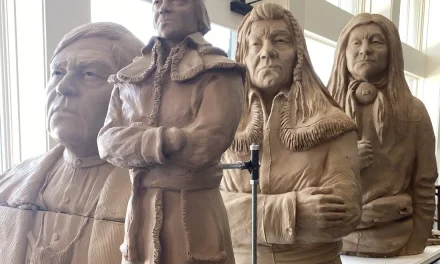The ultimate goal of the NATIVE Act is to strengthen and improve self-determination and self-governance capabilities in the Native American community. The NATIVE Act enhances the financial means of Native communities to protect cultural resources and preserve natural landscapes. It also empowers Native Americans to tell their own stories, and define the scope of tourism activities on tribal lands and across the U.S. The NATIVE ACT also increases coordination and collaboration between federal tourism assets to support Native American tourism and the development of technologically innovative projects.
AIANTA offered an overview of the current state of tourism across the U.S. and Indian Country, which the NATIVE Act stands to enhance:
- Tourism is actually America’s number one service export. According to the U.S. Travel Association, domestic and international travelers spent $1,036 billion dollars in the U.S. in 2017, creating 8.8 million jobs and generating $165 billion in local, state and federal tax revenues.
- Domestic travelers spent $880 billion (a 5.2 percent increase over 2016) and international visitors spent $156 billion in the U.S. (roughly the same as 2016).
- In 2016, approximately 1.96 million overseas travelers visited Indian Country. The increase in travelers to Indian Country accounted for more than 41,000 new U.S. jobs in 2016. That number reflects a 180 percent increase in overseas visitors since 2007, when AIANTA began its international outreach efforts.
- According to the National Travel and Tourism Office, overseas travelers to Indian Country, a subset of travelers know as Cultural Heritage Travelers, have a far greater impact on the U.S. economy than overseas visitors as a whole. They stay longer— an average of 30 days compared to 18 days for all overseas visitors. They visit more states— an average of 2.4 states compared to 1.5 for all overseas visitors. They visit more destinations— an average of 3.6 cities compared to 2 cities for all overseas visitors. They visit more National Parks, small towns, historical locations, art galleries and museums, fine dining establishments, and cultural, ethnic and heritage sites compared to all overseas visitors.








